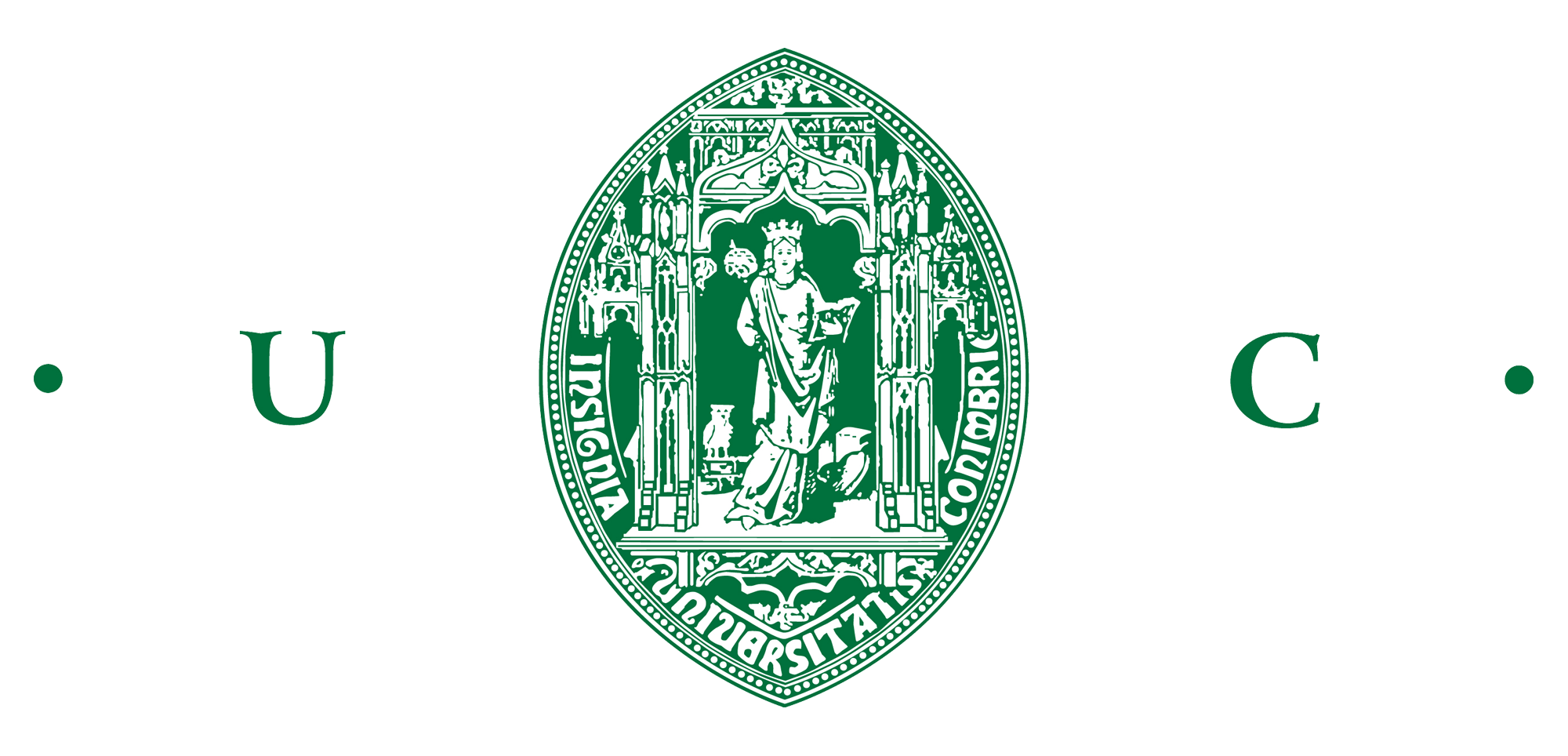2026 | 2025 | 2024 | 2023 | 2022 | 2021 | 2020 | 2019 | 2018 | 2017 | 2016 | 2015 | 2014 | 2013 | 2012 | 2011 | 2010 | 2009 | 2008
Neutron star cooling within the equation of state with induced surface tension
Authors: S. Tsiopelas, Violetta Sagun
Ref.: Particles 3, 693-705 (2020)
Abstract: We study the thermal evolution of neutron stars described within the equation of state with induced surface tension (IST) that reproduces properties of normal nuclear matter, fulfills the proton flow constraint, provides a high-quality description of hadron multiplicities created during the nuclear-nuclear collision experiments, and it is equally compatible with the constraints from astrophysical observations and the GW170817 event. The model features strong direct Urca processes for the stars above 1.91Msun. The IST equation of state shows very good agreement with the available cooling data, even without introducing nuclear pairing. We also analysed the effect of the singlet proton/neutron and triplet neutron pairing on the cooling of neutron stars of different mass. We show that the description of the compact object in the center of the Cassiopeia A does not necessarily require an inclusion of neutron superfluidity and/or proton superconductivity. Our results indicate that data of Cassiopeia A can be adequately well reproduced by a 1.66Msun star with an atmosphere of light elements. Moreover, the IST EoS reproduces each of the observational datasets for the surface temperature of Cassiopeia A either by a rapidly cooling ~1.955Msun star with paired and unpaired matter or by a 1.91Msun star with the inclusion of neutron and proton pairings in the singlet channel.
DOI: https://www.mdpi.com/2571-712X/3/4/45/htm
URL: Download


